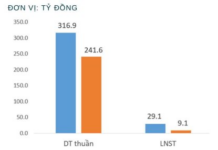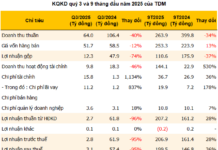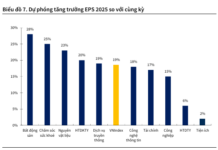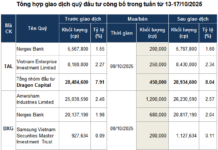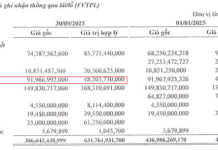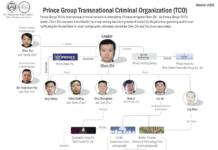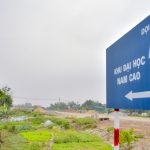The Ministry of Education and Training (MOET) has recently released a draft Circular outlining the authority for teacher recruitment, inviting public feedback. This Circular is expected to take effect from January 1, 2026.
The draft specifies the recruitment authority for teachers in public educational institutions and provides guidelines for determining eligible institutions. It applies to Chairpersons of People’s Committees at all levels, Departments of Education and Training, public educational institutions (preschools, general schools, continuing education centers, specialized schools, and university preparatory schools), and relevant organizations and individuals.
Clear Delineation of Recruitment Authority
According to the draft, the Department of Education and Training will lead the recruitment process for preschools, primary schools, lower secondary schools, and multi-level schools where the highest level is lower secondary. If the Provincial People’s Committee delegates recruitment authority to another agency or unit, such delegation must be advised and executed by the Department of Education and Training. If delegated to the educational institution itself, the institution must meet specific regulatory requirements.
Similarly, for upper secondary schools, multi-level schools (highest level being upper secondary), specialized schools, and continuing education centers, the Department of Education and Training remains the lead recruiter. However, principals or directors may directly recruit if authorized by the Provincial People’s Committee and if the institution meets the stipulated conditions.
For university preparatory schools or institutions under state agencies or political organizations, the head of the educational institution is authorized to recruit within their jurisdiction.

The Department of Education and Training leads teacher recruitment across all levels
Conditions for Delegated Recruitment Authority
Educational institutions must meet two sets of conditions to be eligible for delegated recruitment authority:
Teaching Staff: Each subject must have at least two teachers actively teaching and not under disciplinary action; at least one must hold the title of senior teacher or lecturer and have experience in setting exams for teaching excellence or recruitment.
Facilities: Adequate examination rooms, equipment, secure isolation areas, and confidentiality measures must be ensured. For computer-based exams, sufficient computers and backup exam rooms are required.
Delegation Process
Institutions seeking delegated recruitment authority must submit an application to the Department of Education and Training, including a proposal, evidence of eligibility, and a draft recruitment plan. The Department must review and submit its assessment to the Provincial People’s Committee within five working days.
Based on the assessment and actual needs, the Chairperson of the Provincial People’s Committee will decide whether to delegate recruitment authority to the institution.
“Vietnamese Education Minister: Plans to Increase Teachers’ Base Salary by 2-7 Million VND Monthly”
The Ministry of Education and Training has announced plans to increase the base salaries of all teachers, with a proposed raise ranging from 2 to 7 million VND per month, excluding allowances. This significant increase in remuneration aims to recognize and value the crucial role that educators play in shaping the future of our nation.
The Top 10 Universities with Revenue in the Thousands of Millions
As per the recent enrollment proposal and the ‘public transparency’ reports submitted by universities to the Ministry of Education and Training, 10 higher education institutions boasted impressive annual revenues exceeding 1,000 billion VND in 2023. Among these top-performing institutions, 6 were public universities, while 4 were private.
Second largest university campus in Vietnam under construction, with a total investment of 19,000 billion VND, providing enough space for 80,000 students.
The Nam Cao University Campus is located in Duy Tien Town and Phu Ly City (Ha Nam province) with a total investment of over 19,000 billion VND and an adjusted scale of up to 9 km2, slightly smaller than the National University of Hanoi (11 km2).














